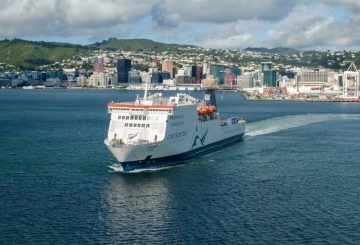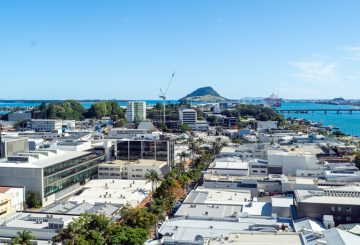Ginagamit ni Tracey Williams, isang British na may-akda at beachcomber, ang kanyang pahina ng social media, Lego Lost At Sea, upang idokumento ang mga piraso ng LEGO na nahanap niya at iba pa na nahugas sa mga beach. Ang mga piraso na ito ay mga natitira ng isang 1997 na kargamento na barko. Si Williams ay nakatira sa Cornwall, kung saan naganap ang pagbuhos sa panahon ng bagyo. Ginawa niyang layunin na mangolekta at i-record ang marami sa mga piraso ng LEGO na ito hangga’t maaari upang i-highlight ang isyu ng polusyon sa plastik.
Ipinaliwanag ni Williams na ang barkong kargamento ay naglalakbay mula sa Netherlands patungo sa Estados Unidos nang nakatagpo ito ng matinding bagyo malapit sa baybayin ng Cornwall. Ang bagyo na ito ay nagdulot ng 62 mga lalagyan ng pagpapadala na bumagsak sa barko, isa sa mga ito ay naglalaman ng halos limang milyong piraso ng LEGO. Bagaman maraming tao ang tumulong sa linisin ang kaguluhan noong panahong iyon, natagpuan pa rin ang mga piraso ngayon.
Ang mga piraso ng LEGO ay madalas na may tema ng dagat, kabilang ang maliliit na flipper, scuba tank, liferafts, at mga bahagi ng pag-rigging ng barko. Nagdaragdag ito ng isang kakaibang pagpindot sa paghahanap, ngunit binibigyang-diin din kung gaano katagal maaaring manatili ang plastik sa kapaligiran ng baybayin. Si Williams ay nagsulat ng isang libro tungkol sa kaganapang ito, na pinamagatang “Adrift: The Curious Tale of the Lego Lost at Sea.”
Matapos lumipat sa Cornwall noong 2010, nagulat si Williams nang malaman na ang mga piraso ng LEGO ay naghuhugas pa rin sa baybayin. Nagsimula siya ng isang pahina sa Facebook upang i-record ang mga piraso ng LEGO, at mabilis na nakakuha ng malaking tagasunod. May mga ulat tungkol sa mga piraso ng LEGO na lumilitaw sa mga baybayin ng Espanya at Pransya, at naniniwala ang ilan na ang mga piraso ay maaaring maglakbay sa buong mundo sa ngayon.
Nagmamapa ngayon si Williams at ang kanyang koponan kung saan natagpuan ang mga piraso ng LEGO para sa isang pang-agham na papel. Nilalayon ng pananaliksik na ito na ipakita kung paano gumagalaw ang mga alon ng karagatan Natuklasan ng iba pang mga pag-aaral na ang mga piraso na ito ay maaaring manatili sa kapaligiran ng dagat sa loob ng daan-daang taon.
Bagaman nagsimula ang paghahanap ng LEGO bilang isang masayang aktibidad, ginawa nitong mas kamalayan ni Williams ang malubhang problema ng polusyon sa plastik. Habang naghahanap siya at ang kanyang mga anak para sa mga piraso ng LEGO, sinimulan nilang mapansin ang dami ng iba pang plastik sa karagatan at sa beach. Naniniwala si Williams na ang isyung ito ay napakahalaga at inaasahan na ang kanyang trabaho ay makakatulong sa iba na mapagtanto ang lawak ng problema.




























































